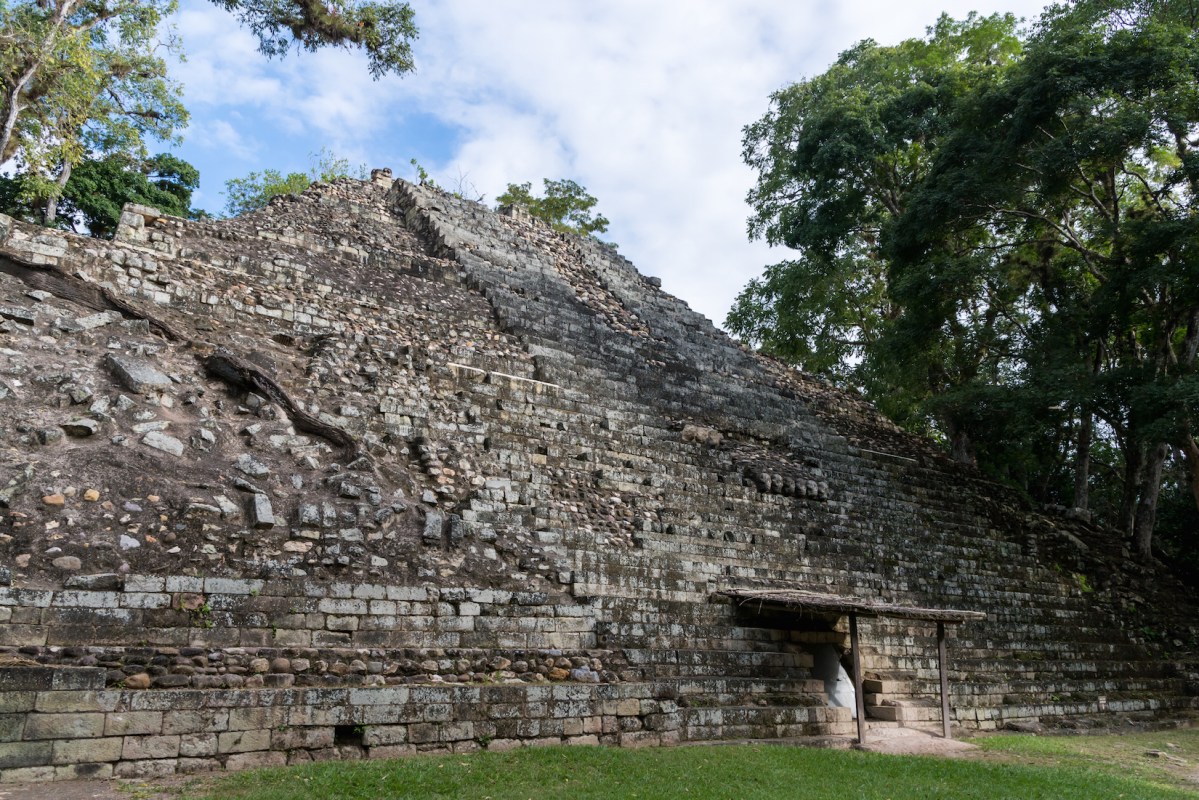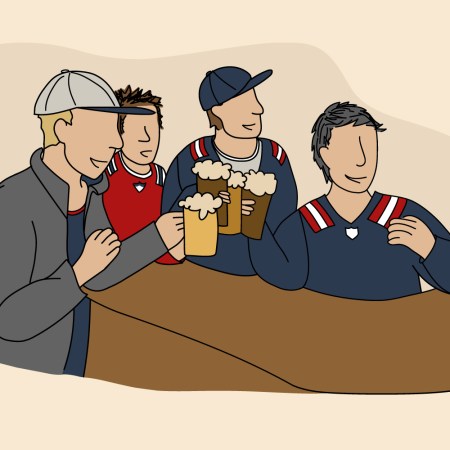The discovery of jaguar and puma remains in a temple built by the last king of the Maya city state Copan may reveal the secrets of ancient Maya trade.
According to Smithsonian Magazine, the temple in question was completed in 776 AD at the behest of Yax Pasaj Chan Yopaat to celebrate the kings that came before him. What excites researchers most about the jaguar and puma remains is the reality that Yopaat likely would have needed to trade to obtain such animals.
In fact, the animals were scarce enough in the area surrounding Copan, now Honduras, that acquiring them likely necessitated a 1,000-mile trade network that reached as far as what is now the outskirts of Mexico City.
The temple was built during a period of turmoil for Copan, and Yopaat imported the jaguars for sacrifice, an act that would symbolize the city state’s power and reach, as well as celebrate his ancestors. The remains of the sacrifices, and the robust trade network they suggest, offer a whole new set of clues into the final years of the Mayan city state.
Thanks for reading InsideHook. Sign up for our daily newsletter and be in the know.


















